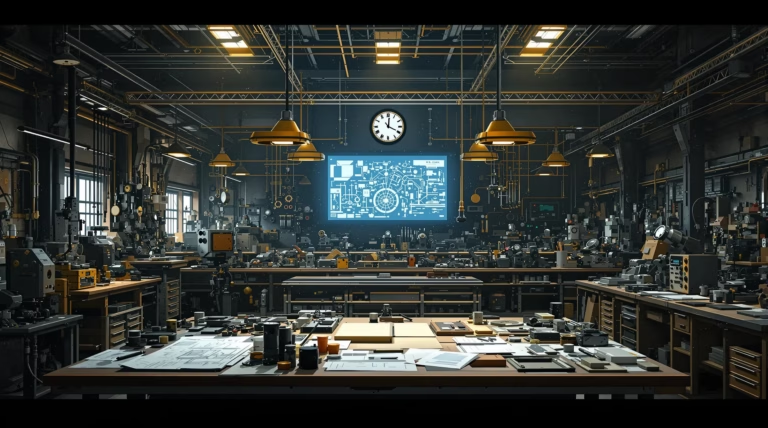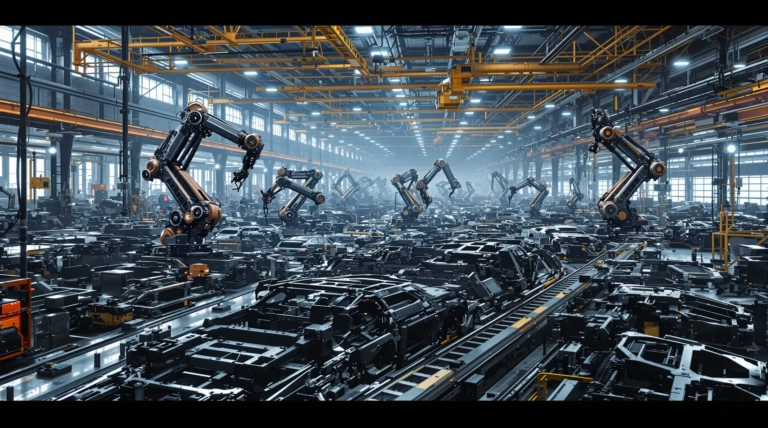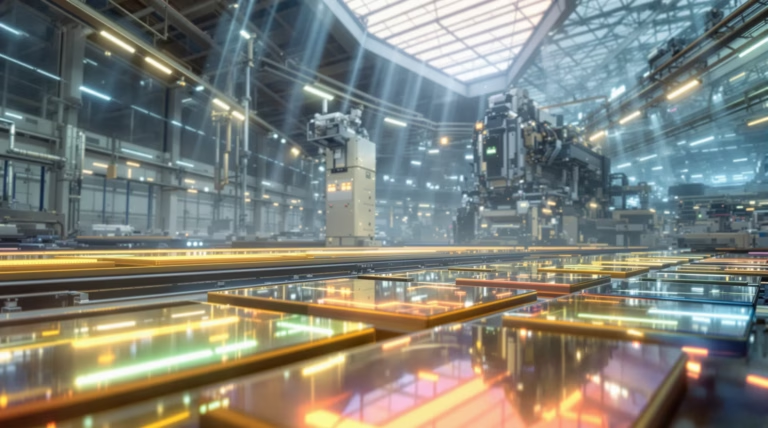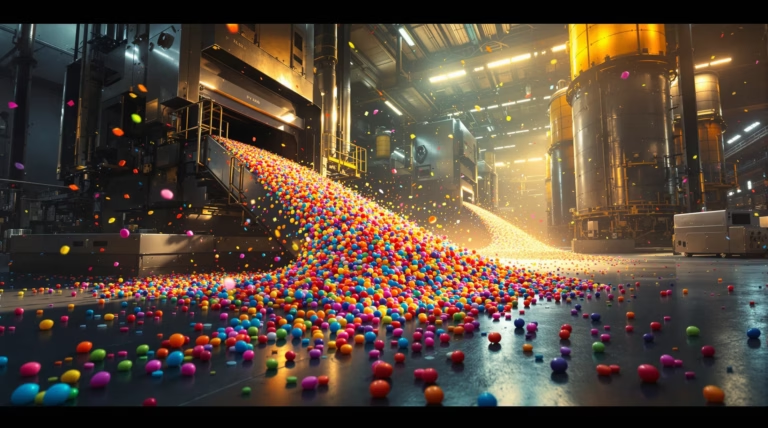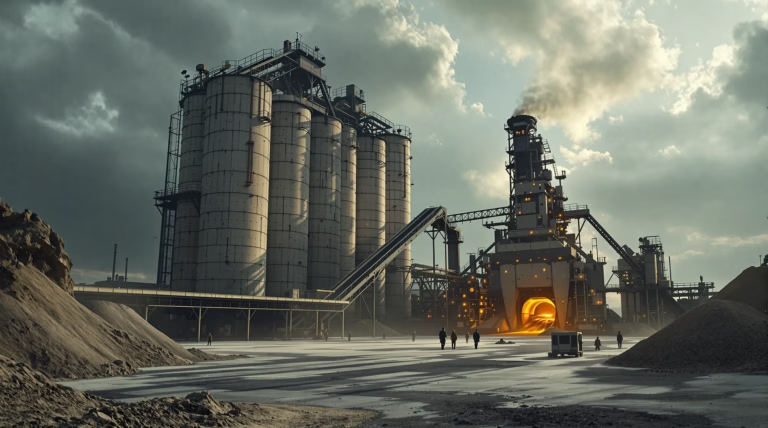Precision Machining: Understanding Its Importance and Benefits
In today’s manufacturing landscape, precision machining stands as a cornerstone of innovation and quality production. This advanced manufacturing process has revolutionized how we create complex components across various industries, from medical devices to aerospace technology. Let’s explore the intricacies and significance of this transformative technology.
What is Precision Machining?
Precision machining is a sophisticated manufacturing process that involves removing excess material from a workpiece to create highly accurate components with tight tolerances. This high-velocity subtractive process transforms raw materials into finished products that meet exact specifications, often within microns of accuracy. Unlike conventional machining methods, precision machining focuses on achieving exceptional dimensional accuracy, surface finish quality, and repeatability.
Defining Precision Machining
The hallmark of precision machining lies in its ability to maintain exceptionally tight tolerances, often measured in:
- Thousandths of an inch (0.001″)
- Millionths of an inch for specialized applications
- Microscopic precision for medical instruments
- Complex geometries with perfect dimensional accuracy
- Exact specifications for critical components
The Role of CNC in Precision Machining
Computer Numerical Control (CNC) technology serves as the foundation of modern precision machining operations. These advanced systems offer:
- Automated control of machine tools
- Interpretation of complex mathematical coordinates
- Precise tool movement execution
- Consistent quality across production runs
- Integration with CAD/CAM systems
The Importance of Precision Machining in Modern Manufacturing
Precision machining enables the transformation of raw materials into intricate components with exceptional dimensional accuracy. This sophisticated process has become indispensable across industries where exactitude is non-negotiable, shaping the technological landscape by ensuring parts meet rigorous specifications down to the microscopic level.
Enhancing Product Quality and Consistency
| Benefit | Impact |
|---|---|
| Dimensional Accuracy | Components function exactly as designed |
| Perfect Interchangeability | Consistent performance across production runs |
| Reduced Friction | Extended product lifespan |
| Optimal Load Distribution | Improved system performance |
Reducing Waste and Increasing Efficiency
Modern precision machining delivers significant advantages in production efficiency and resource conservation through:
- Optimized toolpaths reducing material waste
- Elimination of costly rework and scrap
- Automated high-speed production capabilities
- Streamlined workflows without secondary operations
- Reduced handling time and faster time-to-market
Key Benefits of Precision Machining
Precision machining delivers exceptional advantages that have transformed modern manufacturing sectors. This sophisticated process excels in producing components with remarkable dimensional accuracy, enabling the creation of complex geometries beyond conventional manufacturing capabilities. The automated nature significantly enhances production efficiency, meeting the rapid manufacturing demands of today’s technological landscape.
- Superior dimensional accuracy and consistency
- Enhanced production efficiency through automation
- Premium quality components with longer lifespans
- Perfect component fit within assemblies
- Increased value proposition in the marketplace
Achieving Tight Tolerances
| Tolerance Capability | Application Impact |
|---|---|
| +/- 0.001 inches or better | Perfect component interface |
| Hydraulic systems | Optimal pressure maintenance |
| Electronic devices | Enhanced heat dissipation |
| Mechanical assemblies | Reduced wear and failure rates |
Versatility in Material Use
Precision machining demonstrates exceptional versatility across an extensive range of materials, accommodating diverse project requirements and performance specifications. This capability extends to:
- Metals: aluminum, titanium, steel alloys, copper, brass, bronze
- Engineered polymers: PA, PC, ABS, POM
- Specialty materials: glass, graphite, advanced composites
- Performance-specific materials for strength, corrosion resistance, or thermal conductivity
- Medical-grade materials for implants and devices
Common Applications of Precision Machining
The exceptional accuracy and reliability of precision machining have made it essential across industries where component performance is critical. From prototyping to high-volume production, this sophisticated manufacturing approach delivers components that maintain their dimensional integrity throughout their operational lifecycle.
Automotive Industry
- Engine components: blocks, cylinder heads, transmission parts
- Safety systems: brake calipers, master cylinders, rotors
- Powertrain components for optimal performance
- Electric vehicle components: battery housings, motor parts
- Thermal management systems
Aerospace Sector
| Component Type | Performance Requirements |
|---|---|
| Engine turbine blades | Extreme temperature resistance |
| Structural elements | High stress tolerance |
| Flight control systems | Micrometer-level precision |
| Satellite components | Vacuum environment compatibility |
Understanding Machining Processes and Tools
Precision machining represents a sophisticated manufacturing approach that transforms raw materials into intricate components with exceptional accuracy. The process utilizes computer-controlled machine tools to systematically remove excess material, achieving strict dimensional tolerances. This high-velocity manufacturing method enables the production of complex parts that traditional manufacturing techniques cannot achieve.
The integration of Computer Numerical Control (CNC) technology has revolutionized precision machining, delivering unprecedented levels of automation and repeatability. Modern CNC systems translate digital design files into precise tool movements, eliminating human variability and ensuring consistent production quality. This seamless digital workflow enables the realization of increasingly complex geometries while maintaining microscopic precision for critical applications.
Overview of Machining Processes
- Cutting processes – direct contact material removal creating precise geometries
- Milling operations – rotating multi-point tools for flat surfaces and 3D contours
- Turning processes – lathe-based operations for cylindrical components
- Electrical Discharge Machining (EDM) – controlled electrical erosion for hardened materials
- Computer-Aided Design (CAD) modeling – digital component representation
- Computer-Aided Manufacturing (CAM) – translation of designs into machine instructions
Essential Machining Tools
| Machine Type | Capabilities |
|---|---|
| CNC Mills | Multi-axis operations, complex geometries, single-setup manufacturing |
| CNC Lathes | Cylindrical components, automated tool turrets, sequential operations |
| Precision Grinders | Microinch surface finishes, exceptional flatness |
| Computer-Controlled Drill Presses | Precise hole patterns, perfect alignment, depth control |
The effectiveness of these machines relies heavily on cutting tool selection, including carbide, high-speed steel, ceramic, and diamond tooling. Each material offers specific combinations of hardness, heat resistance, and edge retention, optimized for different cutting conditions and materials. This comprehensive toolset enables precision machinists to address virtually any manufacturing challenge with optimal speed, accuracy, and surface quality.



